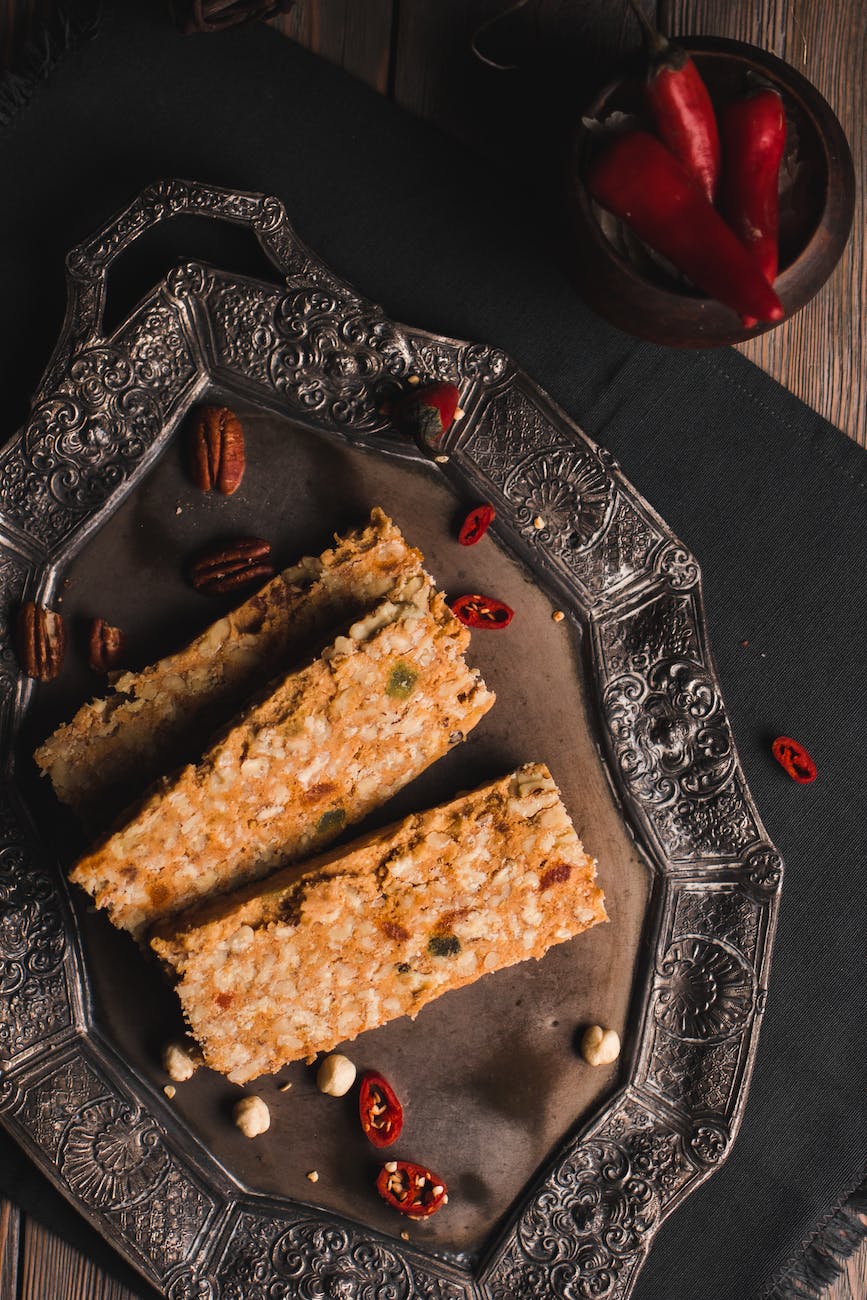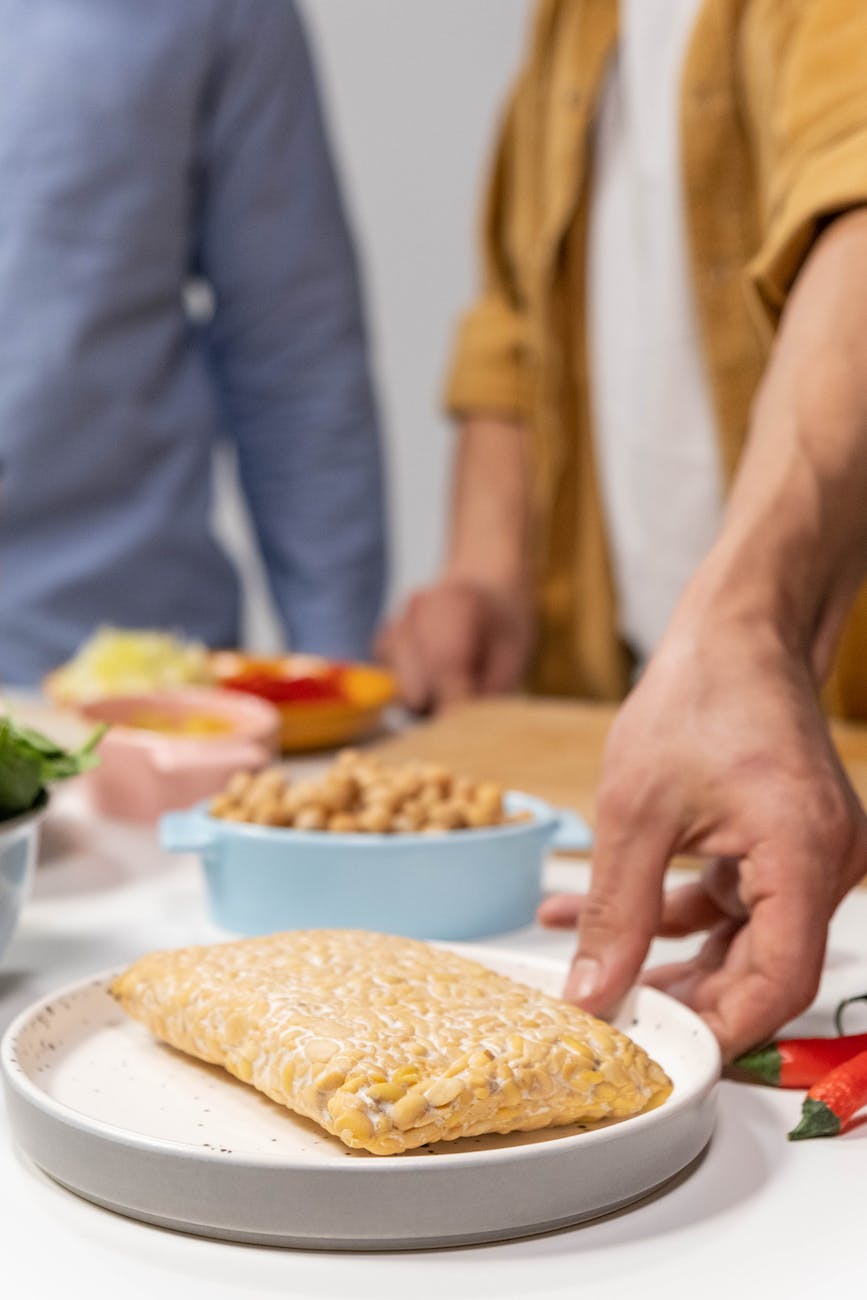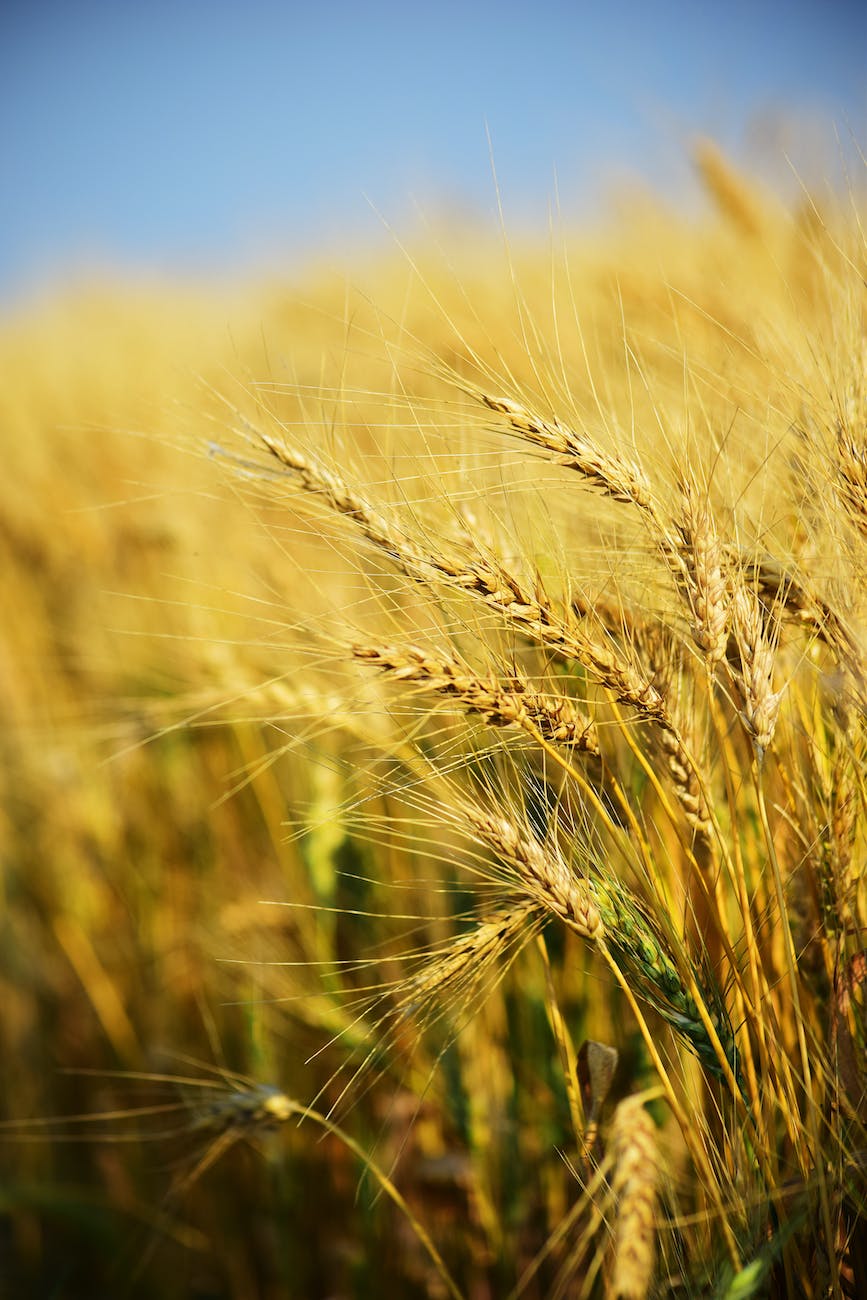
Hello, health-conscious foodies! 🥗💪 Today, we’re diving into the world of quick, easy, and nutritious snacks. We’re talking about Oat Bars that are not only healthier than your average candy bar but also incredibly delicious. These bars require no baking, contain no sugar, and can be prepared in just 5 minutes! This fantastic recipe comes from the YouTube channel Felu – Fit by Cooking, a treasure trove of quick and easy recipes that don’t compromise on taste.
🌟 The Magic of Oat Bars 🌟
Oat bars have become a staple snack among fitness enthusiasts and health-conscious individuals. They’re packed with oats, a source of complex carbohydrates that provide sustained energy. Plus, they’re incredibly convenient, making them a perfect on-the-go snack for those busy days when sitting down for a full meal isn’t an option. The Oat Bars from Felu – Fit by cooking are a prime example of a snack that’s not only nutritious but also tantalizingly tasty!
🥜 The Star Ingredient: Peanut Paste 🥜
Peanut paste takes center stage in these oat bars, providing a rich and creamy base that’s packed with protein. In this recipe, 50 grams of creamy peanut butter is used, which not only imparts a delicious nutty flavor but also significantly contributes to the high protein content of the bars. Peanut paste is a versatile ingredient that’s not only great in oat bars but also in a variety of other dishes, from savory sauces to delicious desserts.
🍫 The Cocoa Touch 🍫
To elevate these oat bars to the next level, 30 grams of cocoa powder is added to the mix. This adds a sweet and indulgent touch to the bars, making them feel more like a decadent treat than a healthy snack. The cocoa powder not only adds flavor but also provides a dose of antioxidants, making these bars even more nutritious.
🍽️ Making the Oat Bars 🍽️
The process of making these oat bars is incredibly straightforward and quick, making it a perfect recipe for those with a busy schedule. After mixing the peanut paste with 150 grams of oats, 30 grams of cocoa powder, 60 grams of casein vanilla protein powder, and a pinch of salt, the mixture is combined with 150 grams of skimmed milk and some water to form a thick, fudgy mixture. The mixture is then pressed into a mold and refrigerated for 2-3 hours until they’re set. In just a few simple steps, you have a batch of delicious and healthy oat bars ready to enjoy!
🎉 Join the Food Lovers Community 🎉
If you’re a food enthusiast who loves experimenting with new recipes and sharing your culinary creations, consider joining the Vibrant Engaging Food Lovers community on Facebook. It’s a place where food lovers from around the world can share their favorite recipes, cooking tips, and foodie adventures. Whether you’re a seasoned chef or a beginner in the kitchen, you’re sure to find inspiration and camaraderie in this vibrant community.
🙏 Credits 🙏
A big thank you to Felu – Fit by cooking for sharing this fantastic Oat Bar recipe. Their commitment to creating quick, easy, and delicious recipes is truly inspiring. Be sure to check out their YouTube channel for more culinary inspiration.













